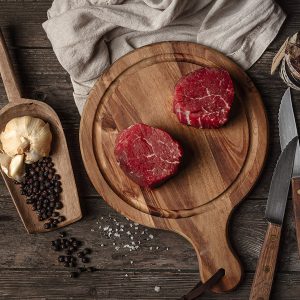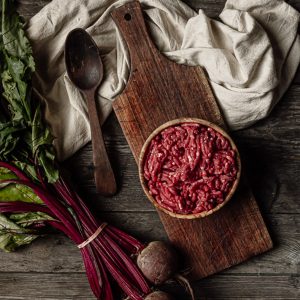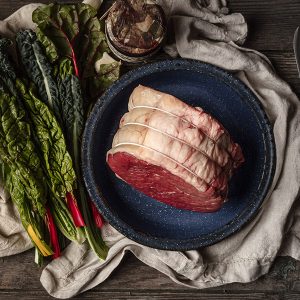Bee Hawk-Moths

Photo courtesy of Jack Oughton
Bee Hawk-Moths
By Joseph Attfield, Farm Wilder
The narrow-bordered bee hawk-moth is a once widespread species of day-flying moth that is on the wing in late spring and early summer. It has undergone a substantial decline within the last 50 years largely due to the draining of wet pastures. Although it has a wide distribution across Britain, it is a scarce and elusive creature that is most often recorded in southern and south western England.
The caterpillars feed on the leaves of the wildflower devil’s-bit scabious, which in Devon thrives in Rhôs or Rush pastures, a habitat that is found on several of our Dartmoor farms. These damp meadows are dominated by purple moor-grass and rushes, and can be home to as many as 50 different kinds of plant. Dartmoor has 1,200 hectares of this habitat which represents 20% of the English resource, so the areas managed by our farmers are important.
These special meadows are also home to the endangered small pearl-bordered fritillary and marsh fritillary butterflies, and one of Britain’s rarest damselflies, the southern damselfly.
Low-intensity conservation grazing by cattle helps maintain Rhôs pastures so the narrow-bordered bee hawk-moth is one of the many endangered species that benefits from Farm Wilder Beef.

Bee hawk-moths: 101
- Called a bee hawk-moth because it looks like a bumble bee, but these moths are larger, more powerful and more agile fliers.
- Latin name: Hemaris tityus
- Hovers beside flowers using its long tongue to drink nectar, like the better known migratory hummingbird hawk-moth.
- The adult moth is on the wing in May, the caterpillars feeds from June to August, and the remaining 9 months of the year is spent as a pupa hidden underground.
- Britain is also home to the equally scarce broad-bordered bee hawk-moth, which lives in woodland clearings where its caterpillars eat honeysuckle leaves. It’s most commonly recorded further east, in Lincolnshire and East Anglia.
Bringing back biodiversity
You’ve probably heard about the decline of British wildlife, how once common species like hedgehogs, sparrows, bee hawk-moths and the pearl-bordered fritillary have become extremely rare.
Much of that is down to how we farm.
Because almost three-quarters of Britain is farmed, the only way to bring back wildlife on a really significant scale is to change how we farm. Farm Wilder works with farmers to improve habitats for wildlife right across their farms and encourages them to farm less intensively by paying a better price for their produce.
Why buy Farm Wilder produce?
Creating a way for you to purchase our extraordinary meat is a small but vital step forwards - it means you can directly support farmers that are working to deliver the change we need. That’s why we’ve partnered with Andy Gray, of Elston Farm and MC Kelly butchers, allowing us to use his master butchers and online sales platform to deliver our meat right to your door.






